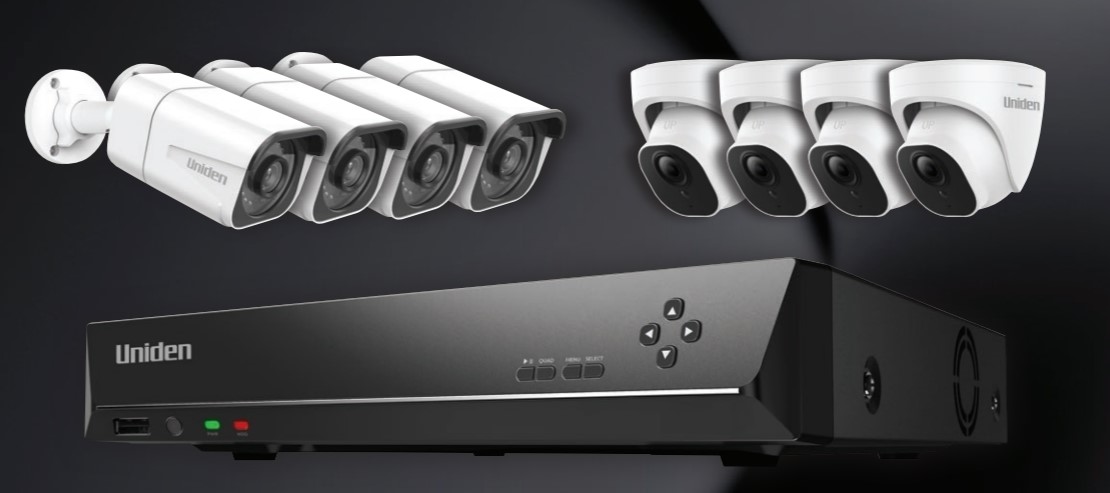You have the latest Wi-Fi router and the fastest broadband speed, but you still cannot get that video call to run smoothly on your PC. A Wi-Fi 6 USB adapter for your PC may just be the missing piece of the puzzle. This guide will look at why you might have an issue, what you need to understand about Wi-Fi 6 and how to solve your Wi-Fi woes.
Wi-Fi 6 is the latest Wi-Fi standard otherwise known as 802.11ax. Wi-Fi 6 can improve you connection speed by up to 40%, can handle 4 times as many connections and has increased data throughput. A Wi-Fi 6 USB adapter is a devise that lets you upgrade a PC style devise via a USB port to support Wi-Fi 6 connectivity and benefits.
WHY should I install a Wi-Fi 6 USB adapter?
We have a significant blur of home versus work. In all businesses, not just small businesses, more and more people are working from home. Working from home does not reduce the need for collaboration, and the norm is to use a video conferencing solution. Video places high demands on our home/small office networks. Very simply, it is just like everyone turns the tap on, and the water pressure drops. Wi-Fi technology is constantly evolving to meet the high-speed networking required by video conferencing, high definition video watching, large file transfers and the connection of many devices like security cameras and connected light bulbs.
To understand the bigger picture of improving your internet, we suggest you read our sister publication GadgetGuy’s article on the subject. Learn how to set up a W-Fi network in our guide here.
WHAT do I need to understand about Wi-Fi 6?
Wi-Fi 6 is like a motorway where extra lanes have been added in both directions, the speed limit has been increased, and it is safer to drive on it. Coupled with that, the congestion has been reduced.
There are many technical improvements to do all this, but for you, it will all just work better – But! For Wi-Fi 6 to work, your internet router and your client device (PC, smartphone, tablet etc.) must also support Wi-Fi 6. Wi-Fi being new, chances are Wi-Fi 6 is not on your PC or tablet yet. Thus you cannot take advantage of these enhanced features. Your device will still work fine with a new Wi-Fi 6 router as they are backwards compatible.
HOW do I upgrade my network performance?
The simplest and cheapest solution is to connect an ethernet cable to your PC directly to your router. This will give you the best performance. However, you will hardly walk around the house with a tablet connected to a very long cable. In most cases, an ethernet cable in your home or office may not be practical, accessible, and installation costs excessive.
The better alternative to upgrading an older device is to purchase a Wi-Fi 6 USB adapter. For just over $100, you are upgrading your computer, allowing complete freedom of movement with no extra cables. (you do need a Wi-Fi 6 router). The Wi-Fi 6 adapter simply plugs into a standard USB 3 port, and older USB 2 ports will not support the required data transfer speeds.
Wi-Fi 6 also supports the latest WPA3 security standard providing you 128-bit encryption, ensuring you protect the transfer of information within your wireless network.
HINTS
Note that a Wi-Fi 6 USB adapter could not be used with an Apple computer at the time of publication.
Small Business Answer used a D-Link AX3200 Wi-Fi 6 Gigabit router and a D-Link AX1800 Wi-Fi 6 USB adapter to research this story. A Wi-Fi 5 video conferencing issue previously solved utilising an ethernet cable was also solved using the Wi-Fi 6 USB adapter.
The D-Link AX1800 supports speeds up to 574Mbps 92.4GHz) + 1200 Mbps (5Ghz), exceeding any NBN connection speed readily available. The dongle is backward compatible with earlier Wi-Fi standards. It uses all the Wi-Fi 6 technologies to improve connectivity and connection. The WPA3 security standard is supported, and the AX delivers superior radio access efficiency. When first plugged in, an auto instal window allows you to load the appropriate driver to make the magic happen.
The D-Link AX3200 Wi-Fi 6 Gigabit router is available for under $300, allowing you to upgrade your network economically. Not only will you enjoy the speed and connectivity benefits of Wi-Fi 6 you will also benefit from the ability to expand your network using Mesh technology. A mesh satellite devise available at an additional cost will allow you to increase the range on your Wi-Fi within your premise. Whilst will enable you to have a single network domain giving you the best signal strength while seamlessly handing the transmission from one mesh devise to the next. The router has 1 Gigabit Ethernet port in from your NBN modem or ISP supplied router and 4 Gigabit Ethernet ports out to connected devices like a NAS, printer or connected PC. Those of you using this router at home can assign profile based parental controls to individually block websites, set schedules for access, and turn off a specific devices Wi-Fi.
SUMMARY – Wi-Fi 6 USB adapter
A Wi-Fi 6 USB adapter will allow you to, when coupled with a Wi-Fi 6 router, take advantage of the latest standards to improve your wireless internet connectivity, speed, capacity and security. The USB adapter is simple to set up, plugging into an available USB port.
